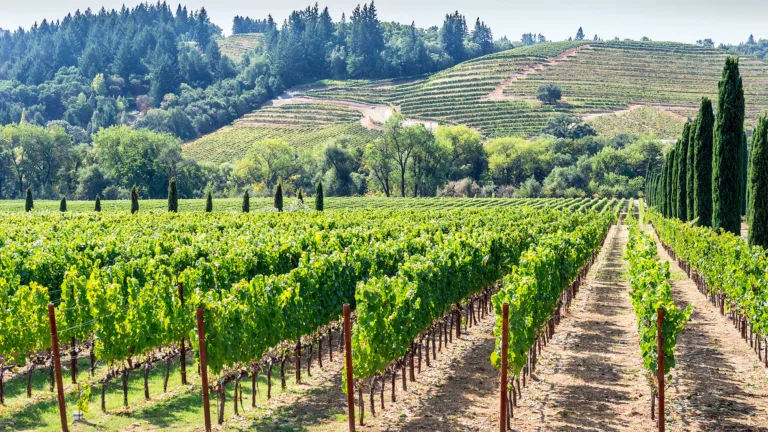When Bespoken Spirits founder Martin Janousek asked Jordan Spitzer to come try some whiskey out of his garage, Spitzer wasn’t sure what to expect. Janousek told him that instead of aging whiskey for years in barrels, he had tested using “microstaves” — small pieces of wood dropped inside whiskey to increase extraction and speed up the maturation timeline.
When Spitzer took a sip from a batch, Janousek prompted him for tasting notes.
“You want my honest opinion?” Spitzer asked. “Dog food.”
It was an inauspicious start. But out of the several batches Spitzer (now Bespoken’s Head of Flavor) tried that day in 2018, a handful weren’t so bad. Like so many Silicon Valley tech companies — and some whiskey brands — Bespoken took those garage-incubated ideas and evolved them into something a little more palatable for consumers.
The brand is now part of a larger trend of distillers experimenting with the, well, age-old question: How long does it take to produce good whiskey? Is there a way to bypass time? And how much can humans stretch — or in this case, condense — a natural process?
Reversing the Whiskey-in-Wood Relationship
Even casual whiskey drinkers are likely familiar with how it’s produced — and why aging is so important. The longer the spirit stays inside a barrel, the more flavor it extracts from the wood. The maturation vessel also works to soften the kick-you-in-your-face flavor of unaged whiskey, otherwise known as “white dog.”
“It’s a very controlled, gentle process, which allows







